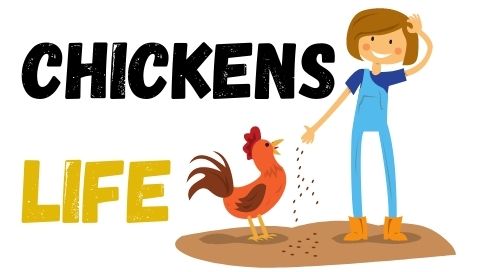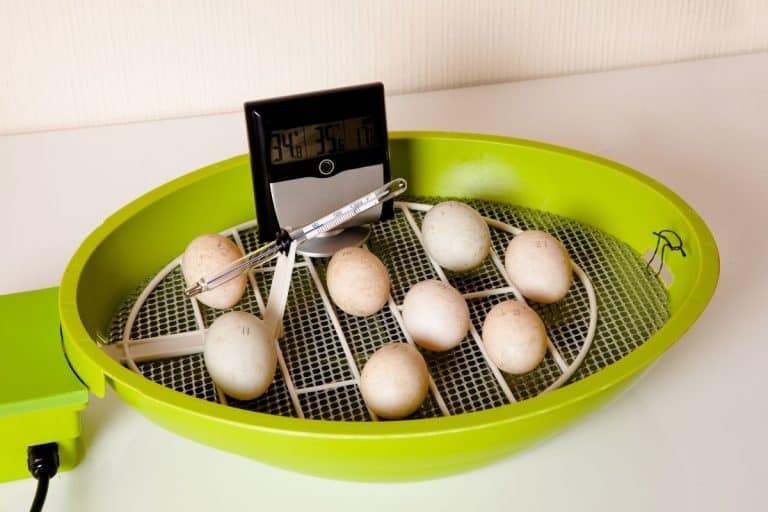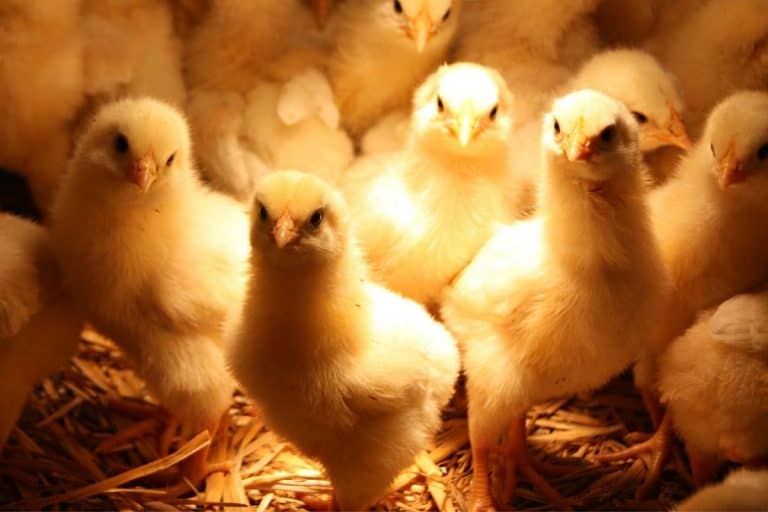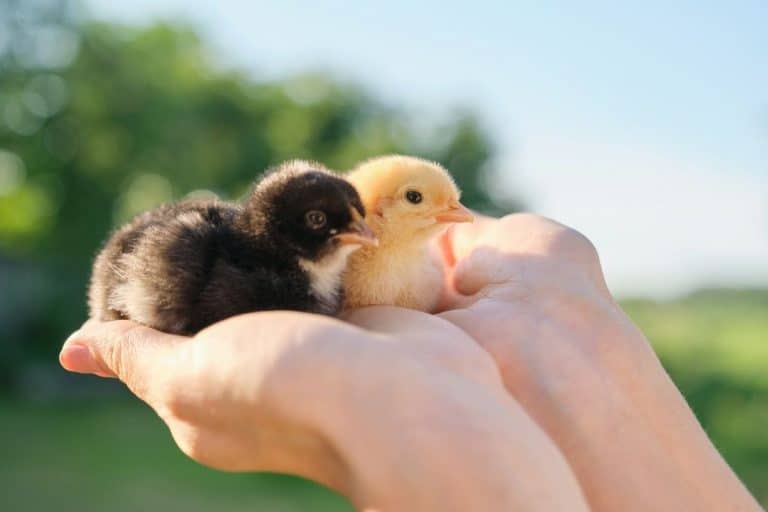What Happens if you Don’t Turn Eggs in an Incubator?
Having a flock of chickens is a wonderful source of responsibility, entertainment, and of course nutrition. But if you are raising hens and a rooster and plan on using them for breeding and not just eating their eggs, then there is some valuable information you need regarding how to properly care for those eggs during the incubation process. It does require more work than you would think, but also yields a rewarding prize: chicks!
During incubation, eggs must be turned or rotated physically several times daily to prevent the developing chick or embryo from touching the shell. This will cause potentially fatal damage or birth defects to the chick inside, making it non-viable once born.
Besides just knowing that the eggs need to be turned, there is also more to caring for them while they undergo their incubation process.
How often should your incubator be turning the eggs? Sounds like a lot? Don’t crack under the pressure of meticulously checking and rotating eggs. If you’re not sure exactly what to do, this article will elaborate further on how often to turn your eggs, how to mark them and when you know they are close to hatching.
But before you dive into this topic, did you know I've got a page packed with my go-to chicken stuff? From the best feed to handy tools, it's all there. Don't you want the best for your flock? Check it out right here.
Why do eggs need to be turned?
Eggs seem mostly like a slimy mess of yellow-orange yolk and clear whites, but once it’s fertilized, it has all the DNA it needs to start growing into a chick. The yolk consists of a high concentration of protein and fat, and the white is composed mostly of albumin with structural fibers and a membrane that surrounds the yolk.
Fertilization allows for the embryo to start forming at one side of the yolk. It is light, so it tends to stay near the top of the yolk, which also likes to float upwards on top of the albumin, or egg whites.
If you don’t turn eggs, the embryo will touch and stick to the shell membrane, causing it to die. Turning the eggs frequently will prevent this.
Wait, I have some recommendations for you!
Before you go any further, I want you to take a look at some of the recommendations I've handpicked for you. I think these are essential items you should have for your chickens flock. You can check them out and buy them directly from Amazon.
 | 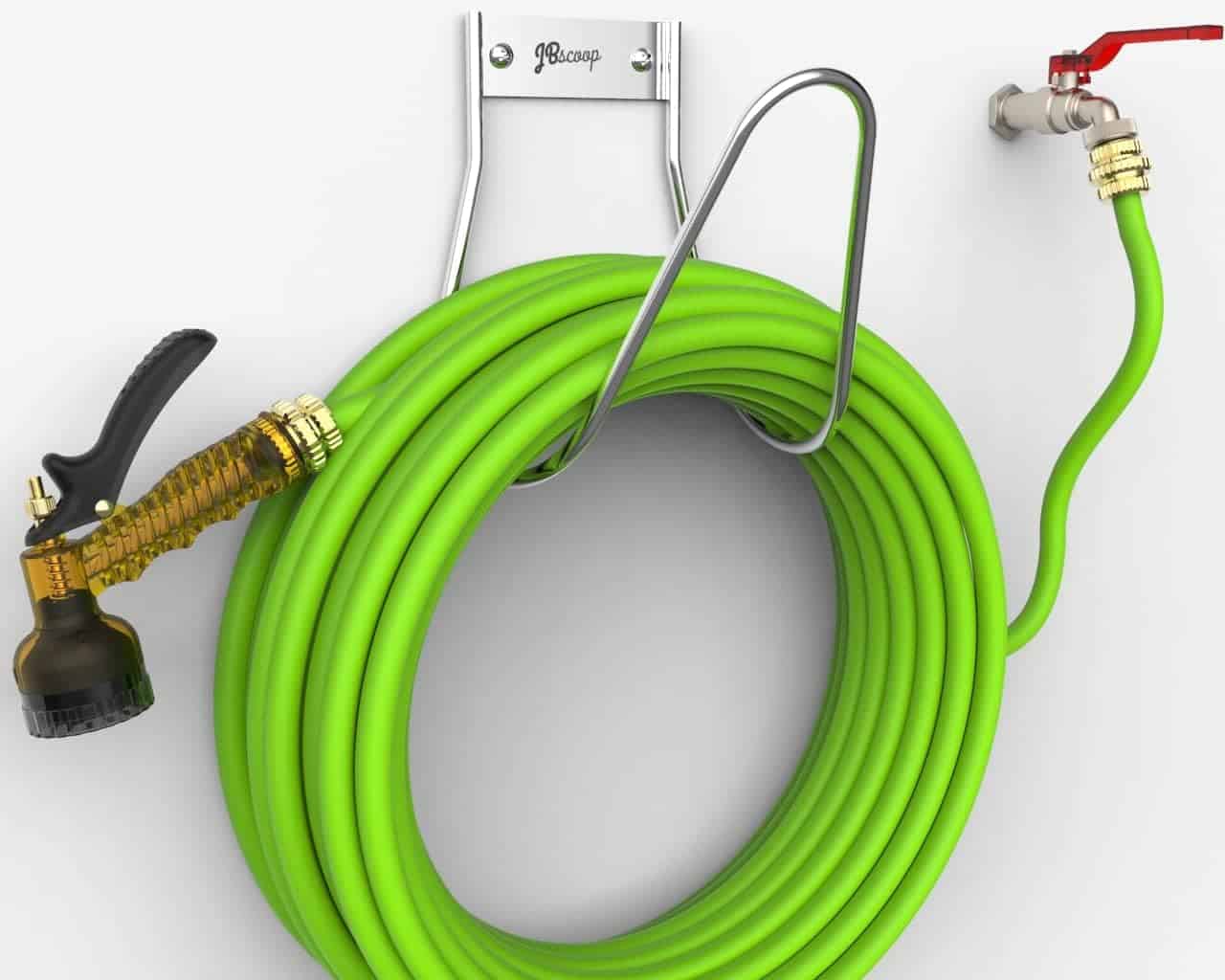 | 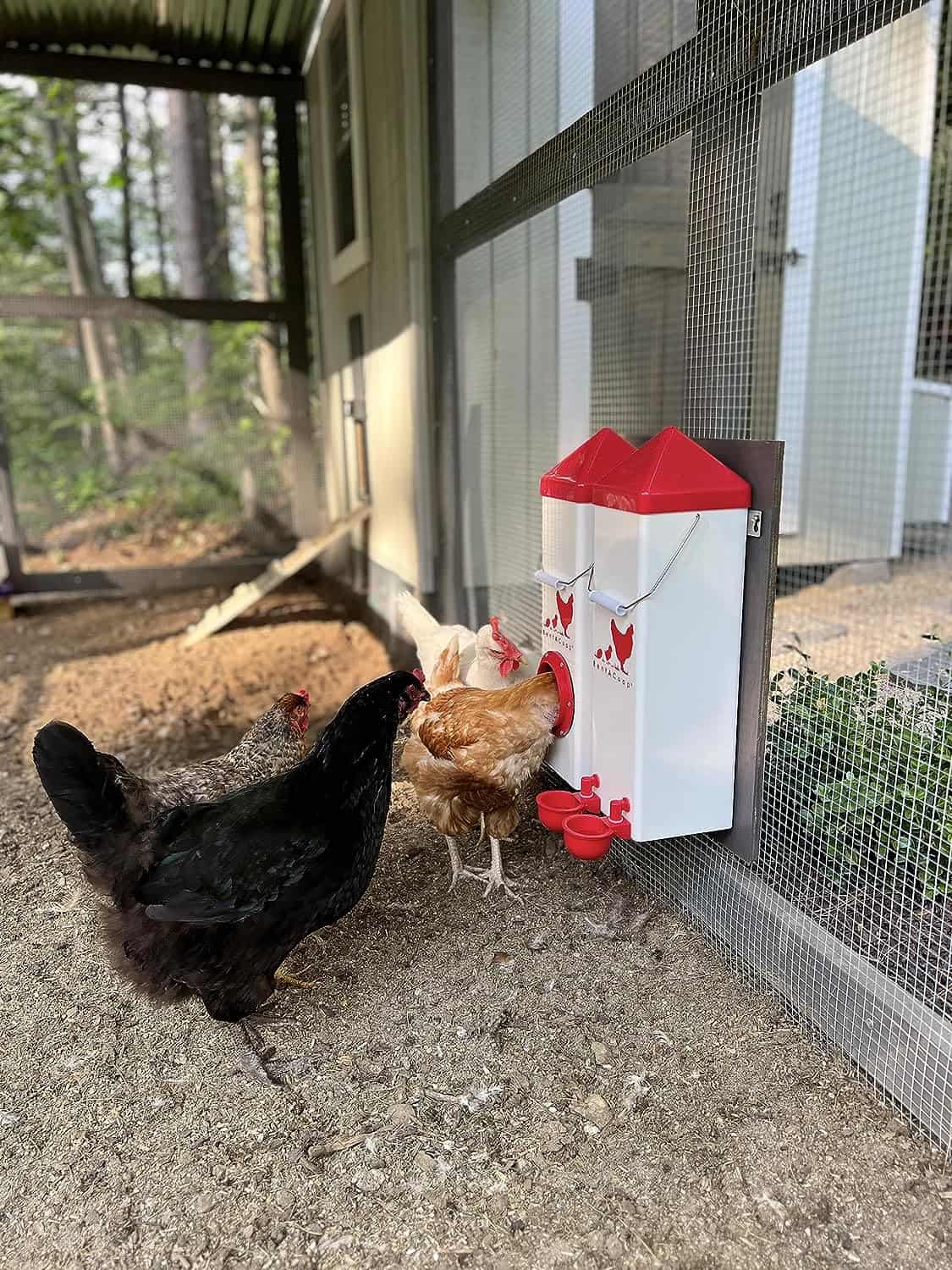 | 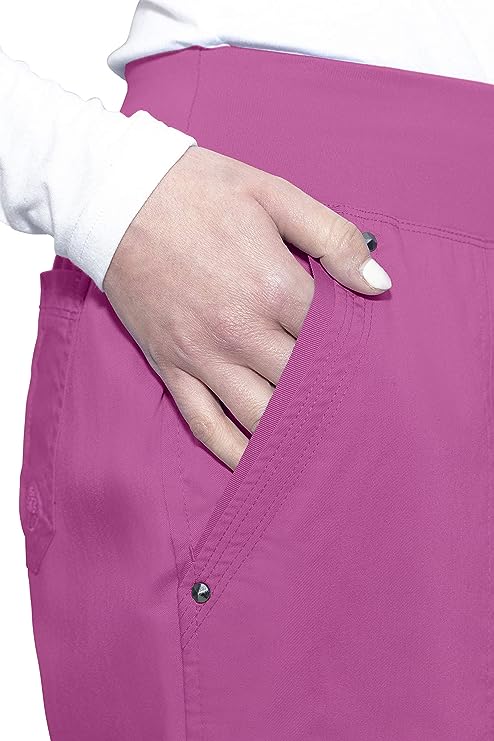 |
| Essential accessory for your coop | No more tripping over hoses! | Predator protection made easy | Comfort + style is possible |
How often should eggs be turned in an incubator?
If you are playing the acting hen and have the eggs in an incubator, they should be turned no less than 2-5 times a day. Honestly, the ‘more often the better’ is what the pros in the field say.
I know it seems like a lot, but if these eggs were under the care of a hen, she would be moving and rotating them as often as every thirty minutes during the near 3-week incubation process. So, I guess a few times a day isn’t too bad.
Some incubators can rotate the eggs for you and are programmed with lots of functions and settings (here is the perfect example on Amazon). Some even have different turning timers for different types of eggs.
These incubators are obviously more state of the art than some others, but investing in one that will turn the eggs on a schedule, freeing up yours, could be worth the money if you make raising chicks a hobby.
Automatic incubator vs turning eggs manually
Incubators come in many styles and designs, but many of the modern models come with an automatic egg turner. While the way that the rack in the incubator is designed changes based on the brand and model type, they all generally work in the same ways.
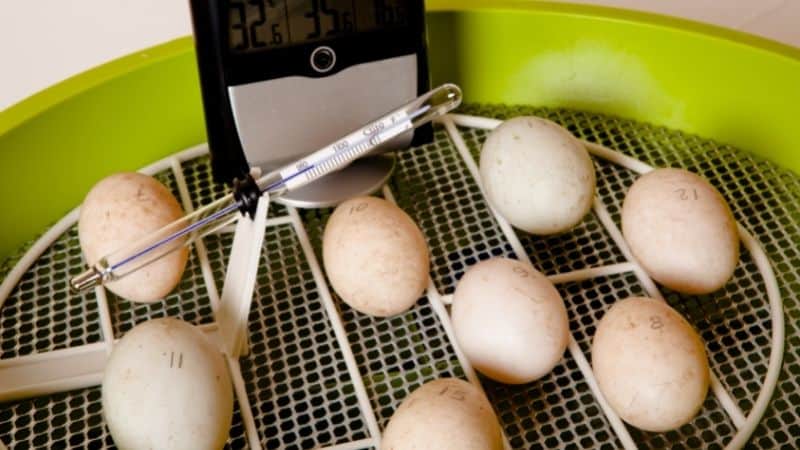
The egg is placed in the incubator rack with the pointed end down, this is how it would be in nature and will be rocked from one side to the other, not end to end, on a timer throughout the day.
Turning the eggs manually is certainly fine, as long as you are being sure to turn them the recommended 2 to 5 times a day. Some people prefer to be in charge of moving the eggs themselves since they feel like they have more control during the incubating process.
Ultimately, there is nothing wrong with manually turning or having an automatic turner in your incubator. As long as the eggs are being moved appropriately and the environment is ideal, you should have a healthy and rewarding hatch.
How should the eggs be marked for turning?
As we’ve established, turning the eggs several times a day is very important to the development of the chick. How do you know if you’ve turned it?
Marking the eggs with an X and an O on opposite sides from each other helps you see if you’re turning them properly. Even if you have an automatic turner in your incubator, this ensures that the device is working. Also, the eggs must be moved from one side to the other and not from end to end.
If you have broody hens to move the eggs and maintain heat, it is very common for people to want them in an incubator instead. It is easier to monitor the environment and ensure safer welfare for the unhatched chicks. Plus, the reward of being a part of the growing and hatching process can be an exciting one.
Do you use a pen or ink for marking the eggs?
There seems to be some debate about what type of utensil you should use to mark eggs for turning. Do you use a pencil, pen, or permanent ink? Some thought is that using a pencil is the safer way, and this information is probably accurate.
Some people believe that ink, whether from a pen or permanent marker, could potentially bleed through the porous eggshell and cause issues with the developing chick. Overall, there have been some who have used a permanent marker and ended up with no issues at all. Ultimately, you have to decide for yourself what you are comfortable trying first.
Mark the eggs with a
pencil. Do not use a marker,
highlighter, or crayon, as eggs
are porous and the ink can
affect development
Goffle Road Poultry Farm
When should you stop turning the eggs?
Stop turning the eggs three days prior to the hatch date. This is called the “lockdown” phase of hatching.
Sometimes, you can even hear the chicks peeping from inside the eggs. The reason you stop moving the eggs is that the chick will get into a hatching position and if you turn it, it could disorient it and potentially make hatching impossible or much more difficult.
Once it’s time to hatch, the chick will break through the thin inner membrane between it and the shell, only breathing that available air inside. As that air supply diminishes, the chick begins kicking with its feet and pecking at the shell with its egg tooth until it finally breaks through.
It is important that the incubator stays closed during the final three days of incubation as well. Do not open it until all the chicks have hatched and dried off. Even if a chick or two is struggling to hatch, try not to interfere.

Finally, your job of being the ‘acting hen’ is over, and you’re free from the constant responsibility of turning the eggs. Hopefully, your experience is a rewarding one, and you will want to continue your journey of raising and hatching your flock.

